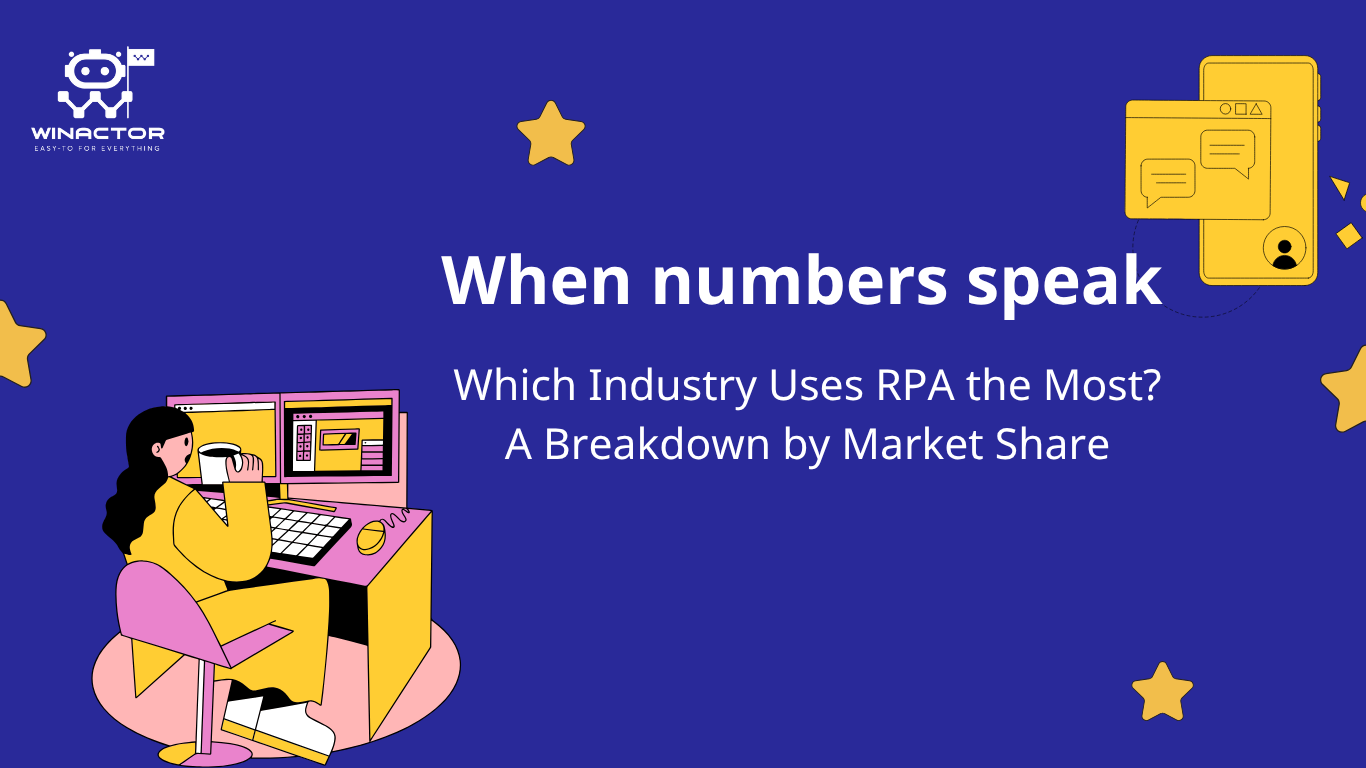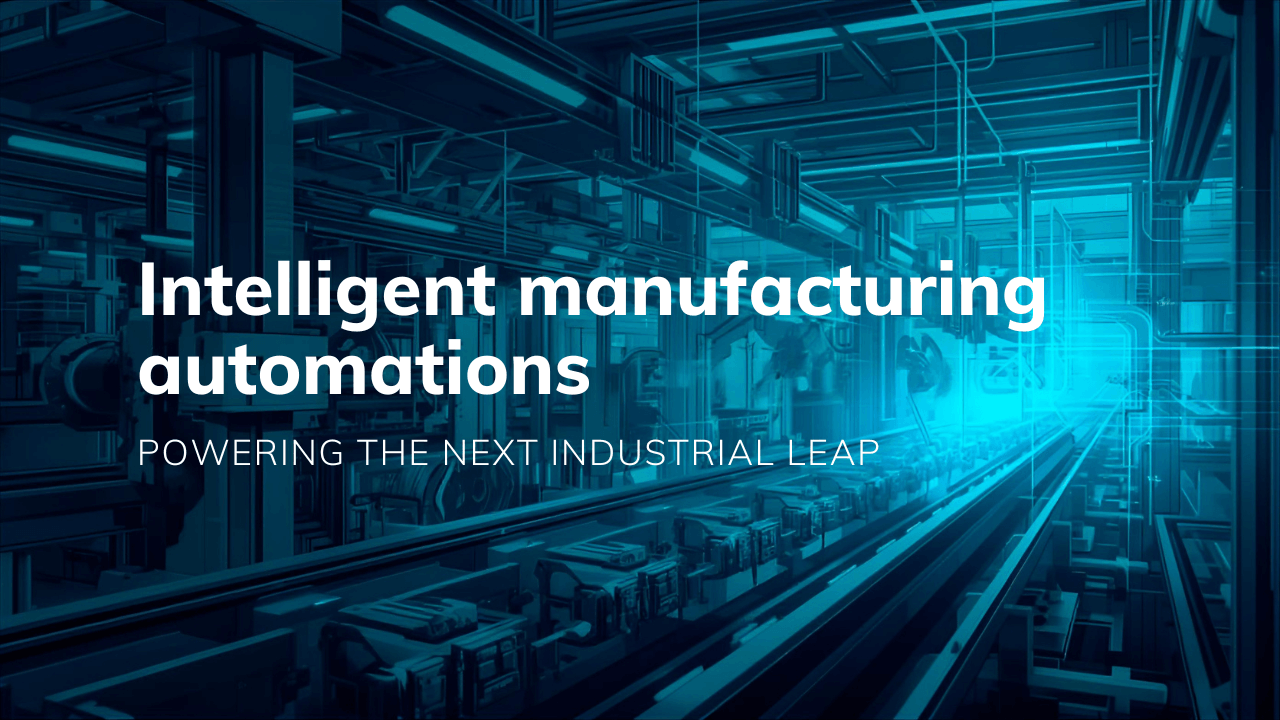As you know, RPA is a software engineering robot that specializes in handling repetitive tasks with fixed logic. They can operate stably without human intervention. But if we only use RPA alone, it will not fully play the effect of modern technology.
Therefore, combining Robotic Process Automation with another technology is essential. The following article will introduce you to 7 ways to extend RPA’s automation process.
Optimize Your Processes Before You Automate Them
It is extremely important to optimize the process before work. Because it directly affects a whole system of processes later.
Businesses are working on automating their processes with robots. RPA technology has met the needs and purposes of enterprises in the problem of automatic process optimization.
With the active push to adopt RPA technology, companies have quickly automated their processes without the need for analysis and identification time.
Investing in software robots is not only to help employees relieve work pressure, but it is also an opportunity for them to develop in areas of higher value. It is also an important plus for driving process improvement, allowing businesses to scale RPA.

Consider Process Mining Tools to Improve Your Processes
Process Mining is a technology that provides users with the most complete and optimal automation process maps.
Essentially, process mining will mine the data in the event log. It will then generate a multi-step process map. Process Mining significantly supports businesses to optimize processes before putting them into operation automatically.
The best example is order processing, which is a job that needs to be automated to save staff time and effort. Maybe people think it’s simple and easy to handle. But they were wrong! The international application processing forms are very complex and difficult to process. Because it requires you to solve one of the following problems simultaneously:
- How are different currencies handled?
- Or how much is the sales tax between global suppliers?
If you don’t have a lot of experience dealing with it, mistakes can happen.
Using Process Mining to create the perfect process map will help businesses have a continuous and efficient process system. Additionally, it also sets the stage for enterprise-wide scalability.
Establish an RPA Center of Excellence (CoE) Where the Business and IT Share Ownership to Scale RPA
Ownership has a significant impact on the scaling of RPA. We need to work with both companies, software providers, and businesses. Because for RPA to work effectively, constant coordination between the two is essential.
When businesses provide RPA independently owned software, they cannot connect with the company to meet their pressing needs. When only enterprises own software robots, they cannot fully promote the effectiveness of RPA. Because they lack the technical expertise in choosing the right process.
The best way to operate and scale the best RPA is to establish joint ownership between the software engineering company and the business. That combination is called the Center of Excellence. CoE enables stakeholders to access and process data to optimize processes.
Businesses will then contribute knowledge of their operations and goals. The company providing the software will provide technical expertise to ensure the process is operated safely and efficiently.
Ditch the Process Design Document (PDD)
Ditch the Process Design documents (PDD) contain huge chunks of data, which are very time-consuming for you to synthesize and combine. Sometimes this hard work will make you make mistakes, a series of manipulation errors appear. It significantly affects the operation process of Robotic Process Automation.
To use RPA effectively at scale, we needed a single digital format that captured all the elements necessary to drive RPA development. From there, the RPA bots can operate more flexibly.
Connect Your Processes to All Dependencies and Higher-Level Business Objectives
Whether or not RPA can be scaled up depends on many factors. You need to combine them all: legacy systems, business goals, regulations, etc. In particular, for advanced process systems, the addition and combination are extremely important. This close connection will help your automated process achieve certain advantages:
- Better compliance, easy testing
- Manage Robotic Process Automation more efficiently
- Proactive change management
- Develop RPA at a larger scale, with less system failure.
- Proven automation contributes to higher business goals
Transform Your Change Management Strategy From Reactive to Proactive
Transforming your change management strategy from reactive to proactive will help RPA perform better at scale. Whenever there is a change, impact analysis can be done quickly and smoothly. It will determine which processes are affected. From there, this extension will provide a new direction for proactive change management, promoting the development of RPA.
Drive RPA at Scale With Blueprint’s Automation Suite
Blueprint automation software allows you to effectively scale your RPA to realize ROI and achieve your business goals.
Combining RPA with Blueprint software will open up bright spots for the development of businesses. The most prominent feature of this software is digital Blueprints, a better way to plan and communicate RPA work. In addition, Blueprint helps companies to save 1/3 of the time managing change, compliance, and exceptions in the production process.
Conclusion
Through the article, we can learn 7 ways to scale RPA on a large scale towards developing software robotics technology. They help the robot to operate more effectively. The automatic operating system is optimized and improved. The expansion of RPA’s scale is a premise for developing automation systems in a new and modern direction.
WinActor is a proprietary software engineering robot provided by NTT Group. The product has many advantages and outstanding features that make your automation process smooth and efficient.
In order to give customers the best experience when using WinActor, NTT DATA has focused on building a dedicated Technical Support team named APAC SUPPORT CENTER.
APAC Support Center is the center for technical and sales support for all partners, dealers, distributors and customers.
With a team of Japanese experts and experienced technicians in Vietnam, we provide a perfect support network throughout the process of customers installing and using WinActor.

WinActor is an RPA software solution by NTT DATA Corporation to help businesses master technology, create breakthroughs in the digital age 4.0.




